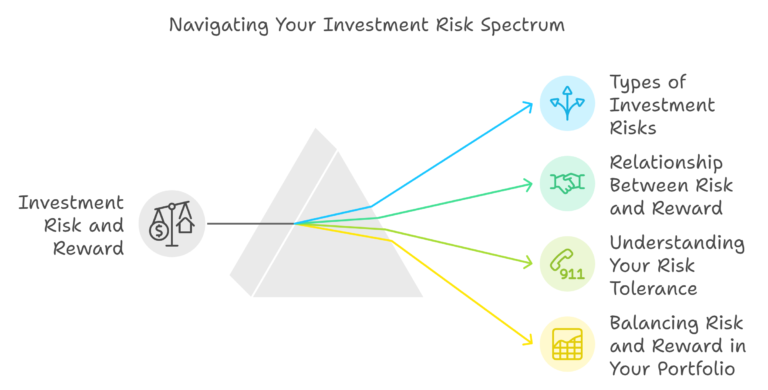Efficient working capital management is crucial for any business, big or small. It ensures that a company can meet its short-term obligations and operate smoothly. Three key components of working capital management are inventory days, receivable days, and payable days. Understanding and optimizing these metrics can significantly enhance a company’s liquidity and overall financial health. In this blog, we’ll explore these components and how they interact to impact working capital.
What is Working Capital?
Working capital is the difference between a company’s current assets and current liabilities. It represents the funds available to the business for day-to-day operations. Positive working capital indicates that a company can cover its short-term liabilities with its short-term assets, while negative working capital suggests potential liquidity issues.
Key Components of Working Capital
1. Inventory Days (Days Inventory Outstanding – DIO):
– Definition: Inventory days measure the average number of days a company takes to sell its inventory. It reflects how efficiently a company manages its stock.
– Calculation: Inventory Days = (Average Inventory / Cost of Goods Sold) x 365
– Importance: Lower inventory days indicate that a company is able to turn over its inventory quickly, reducing holding costs and minimizing the risk of obsolescence. However, too low inventory days might lead to stockouts, affecting sales and customer satisfaction.
2. Receivable Days (Days Sales Outstanding – DSO):
– Definition: Receivable days measure the average number of days it takes for a company to collect payment after a sale has been made.
– Calculation: Receivable Days = (Accounts Receivable / Total Credit Sales) x 365
– Importance: Lower receivable days mean the company is able to collect payments quickly, improving cash flow. On the other hand, higher receivable days can indicate issues with credit policies or customer payment behavior, tying up cash in receivables.
3. Payable Days (Days Payable Outstanding – DPO):
– Definition: Payable days measure the average number of days a company takes to pay its suppliers.
– Calculation: Payable Days = (Accounts Payable / Cost of Goods Sold) x 365
– Importance: Higher payable days can improve cash flow by allowing the company to hold onto its cash longer. However, excessively high payable days might strain relationships with suppliers and could lead to loss of credit terms or discounts.
Balancing the Components
Effective working capital management involves balancing these three components:
– Optimizing Inventory Days: Striking a balance between having enough inventory to meet demand and minimizing holding costs is crucial. Techniques like Just-In-Time (JIT) inventory and demand forecasting can help optimize inventory levels.
– Reducing Receivable Days: Implementing effective credit control measures, such as credit checks, clear credit terms, and efficient invoicing processes, can help reduce receivable days. Offering early payment discounts can also incentivize quicker payments.
– Managing Payable Days: Negotiating favorable credit terms with suppliers without straining relationships is key. Taking full advantage of credit terms without delaying payments beyond agreed terms helps maintain good supplier relations and potential discounts.
Working Capital Cycle
The working capital cycle (also known as the cash conversion cycle) provides a comprehensive view of how well a company manages its working capital. It is calculated as:
Working Capital Cycle = Inventory Days + Receivable Days – Payable Days
A shorter working capital cycle indicates that the company is able to quickly convert its investments in inventory and receivables into cash, enhancing liquidity.
Example Scenario
Let’s consider a hypothetical company:
– Average Inventory: $50,000
– Cost of Goods Sold: $300,000
– Accounts Receivable: $75,000
– Total Credit Sales: $600,000
– Accounts Payable: $25,000
Calculations:
– Inventory Days = ($50,000 / $300,000) x 365 = 60.83 days
– Receivable Days = ($75,000 / $600,000) x 365 = 45.63 days
– Payable Days = ($25,000 / $300,000) x 365 = 30.42 days
Working Capital Cycle: 60.83 + 45.63 – 30.42 = 75.04 days
In this example, the company’s working capital cycle is approximately 75 days, meaning it takes about 75 days to convert its investments in inventory and receivables into cash. The goal would be to reduce this cycle to improve liquidity.
Conclusion
Effective working capital management is vital for maintaining liquidity and ensuring smooth operations. By closely monitoring and optimizing inventory days, receivable days, and payable days, businesses can enhance their cash flow and financial health. Regular analysis and adjustments to these components will help companies navigate economic challenges and seize growth opportunities with confidence.
Understanding the intricacies of working capital and implementing best practices in its management can set the foundation for a robust financial strategy, enabling sustainable growth and operational efficiency.





